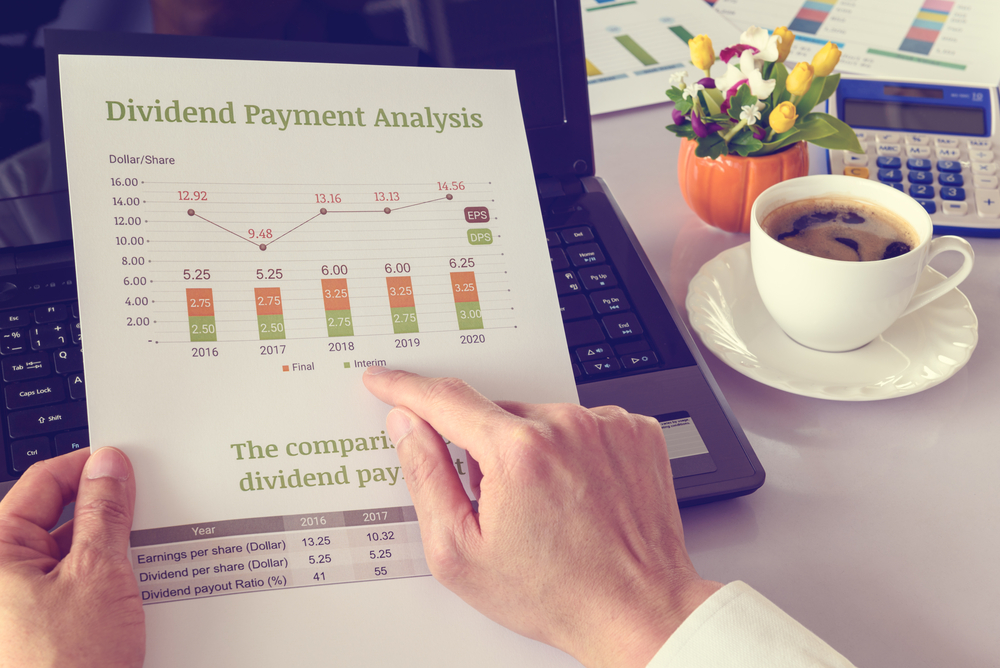Blog
BLOG: Why dividend cuts shouldn’t be viewed with disdain

It’s very easy to become a reactionary investor when markets experience the type of volatility we’ve seen in the past few months – but history has shown pressing the reset button on your investments during periods of uncertainty is often detrimental to your portfolio.
Those investing in UK equity income funds are a great example. The go-to place for solid income returns for many a decade, the UK equity market has seen a plethora of dividend cuts and rights issues in the wake of the Covid-19 pandemic and associated economic shutdown.
The uniqueness of this sell-off has meant that well-run businesses are struggling for sales, routing their cash reserves and taking on more debt to survive during lockdown. The result is that companies have been cutting their dividends across the board.
However, what I’ve gleamed from my discussions with many managers in the UK equity income sector is that this could be a welcome long-overdue refresh for many companies and could actually benefit them – and investors – in the long-term.
The reason for this is simple: many companies have been overpaying on dividends to shareholders at the expense of growing their business in recent years – they’ve very much been focusing on the short-term over the long.
‘Black swan event’
It’s not the first time this has happened. Dividend cuts are a process that usually comes at the end of an economic cycle. What’s unnerved investors this time, however, is that this black swan event has condensed these cuts into a one-month period and there have been very few hiding places.
Richard Colwell, manager of the Threadneedle UK Equity Income fund, summarises the situation well when he points to the fact that some companies played to their audience and paid dividends when perhaps they shouldn’t have done.
Colwell says those whose trading has been unaffected have still faced issues with supply chains and distribution networks. So, reducing capital expenditures like dividends is prudent. Yes, we’ve seen some big cuts, but what is key is what happens over the longer term.
The prime example is oil major Shell, which has cut its dividend for the first time since the Second World War. As Rathbone Income manager Carl Stick highlights: “Shell had unwieldy debt and an unstable market but had continued to increase its dividend until recently. This has now changed and, hopefully, the cuts will get people thinking more about quality of earnings and companies will reinvest in their business, instead of gearing up to pay a dividend. I think this is a good thing.”
Liquidity (cash on their balance sheets) has to be the priority of any well-run company at the moment. But what I hope we will see is that companies come out the other side of this with the ability to pay and – because of the work they’re doing at the moment – grow their dividends in the future.
Capturing growth
Colwell says the lesson he learned from 2009 (the last time dividends were cut substantially) is that some of the best contributors of total return came from capturing growth before companies returned to dividend payments – remember these funds are not only about income: another factor which has been overlooked in recent years.
We must also remember the UK is – by some way – the leader in dividend payments. The FTSE 100 (the largest 100 companies in the UK) currently yield 4.11% to investors on average. Should that fall as low as 3% it would still look attractive compared to other regions, where the dividend story is still at an earlier stage.
The nature of this downturn also means we could see a return to normal dividend levels sooner than many expect. GAM UK Equity Income fund manager Adrian Gosden says he expects companies with the right business models to be back to 2019 earnings levels in 2021/2022.
Similarly, while dividends have taken a hit in 2020, he believes they should return within 12-24 months, albeit perhaps less generous in some cases.
I agree that it may be a lean couple of years for those who rely on dividend payments from their investments – but those that can, should look to hold on, as history suggest they will reap the benefit in the long-term.
In addition to the funds already mentioned. Investors may opt for a multi-asset/multi-manager approach to income investing. That way they can diversify their income sources and not rely on just one area. Good options include the Premier Multi-Asset Monthly Income fund or the BMO MM Navigator Distribution fund, which both have an historic yield of 5.6% and 4.8% respectively.
Darius McDermott is managing director of FundCalibre